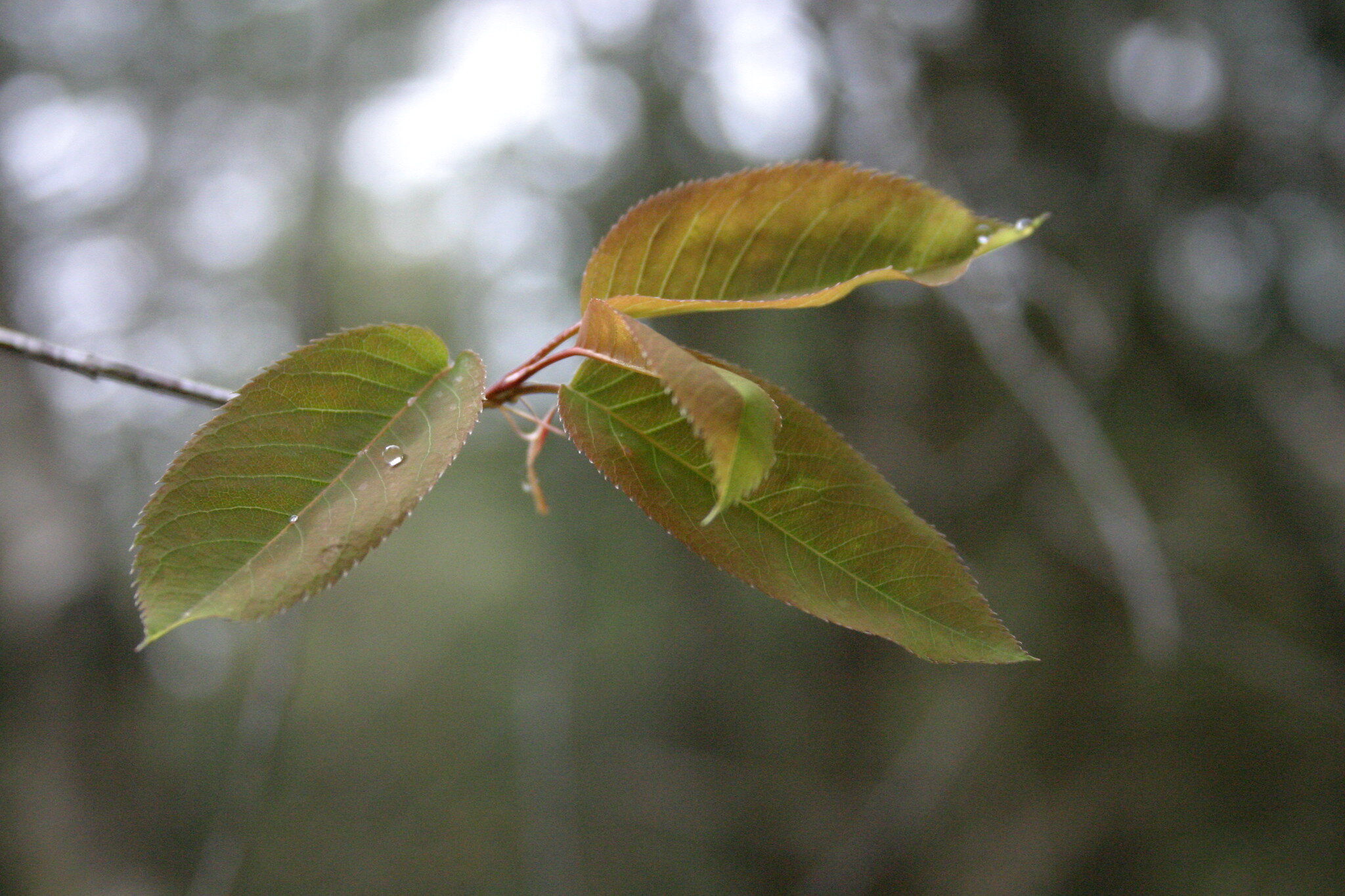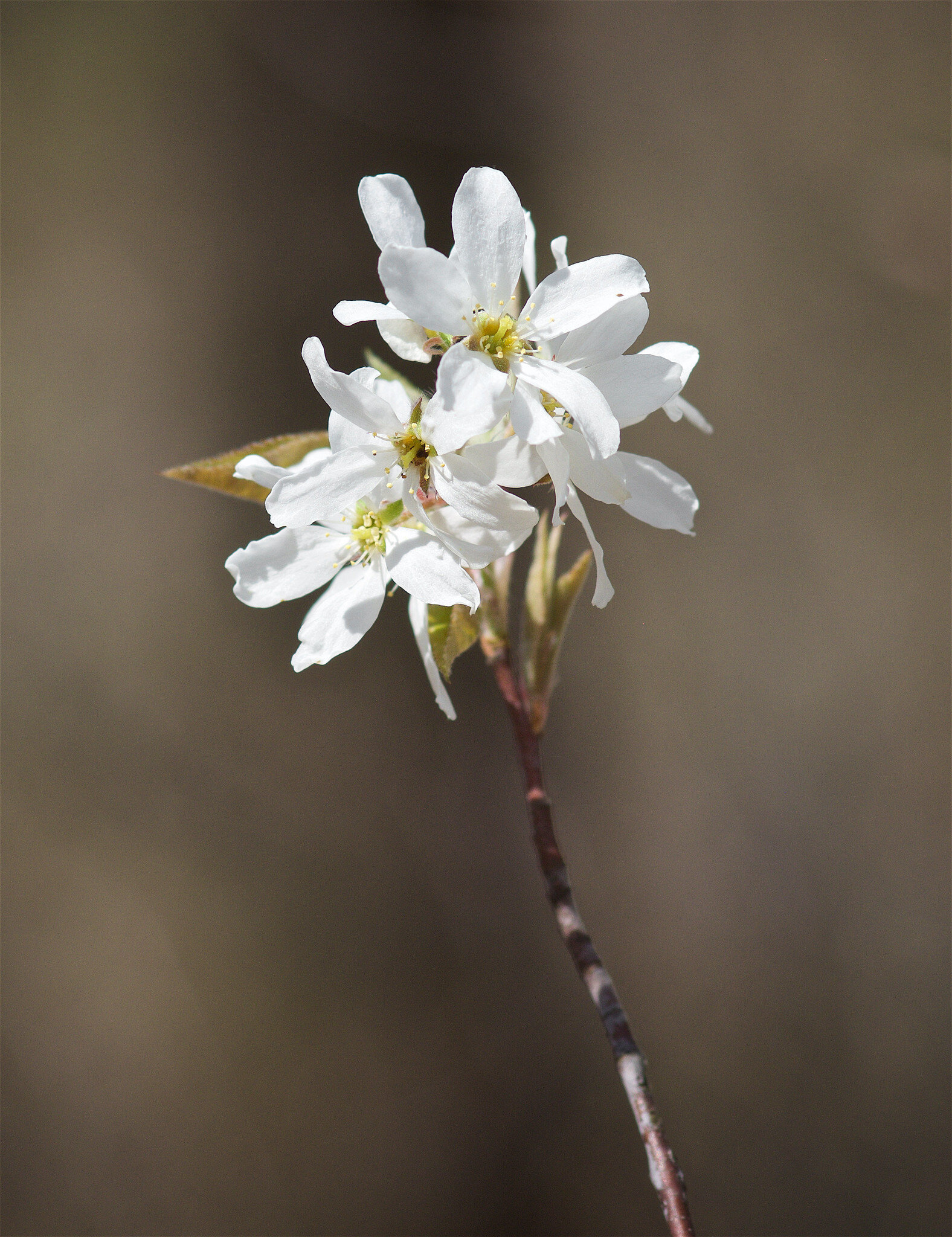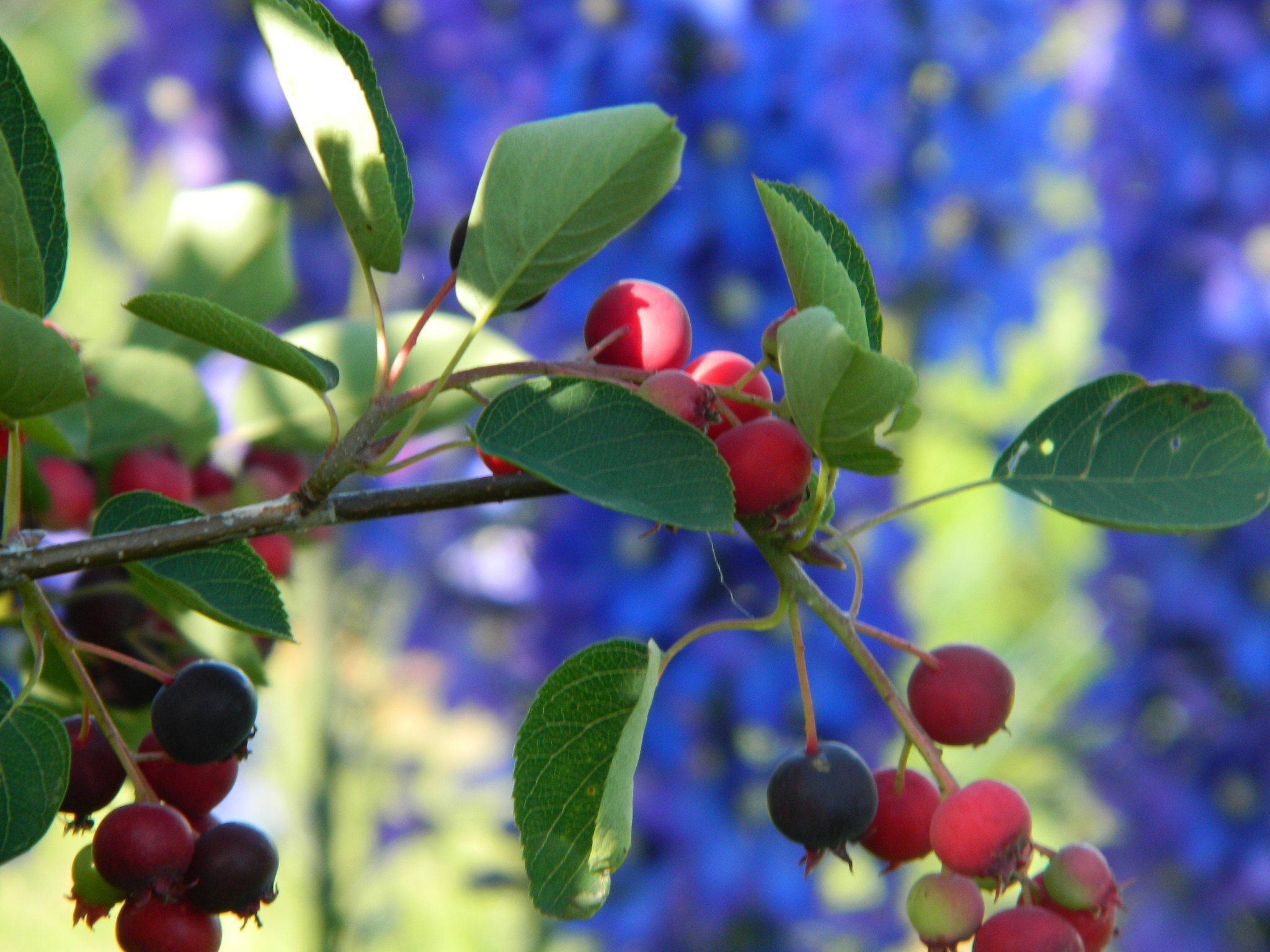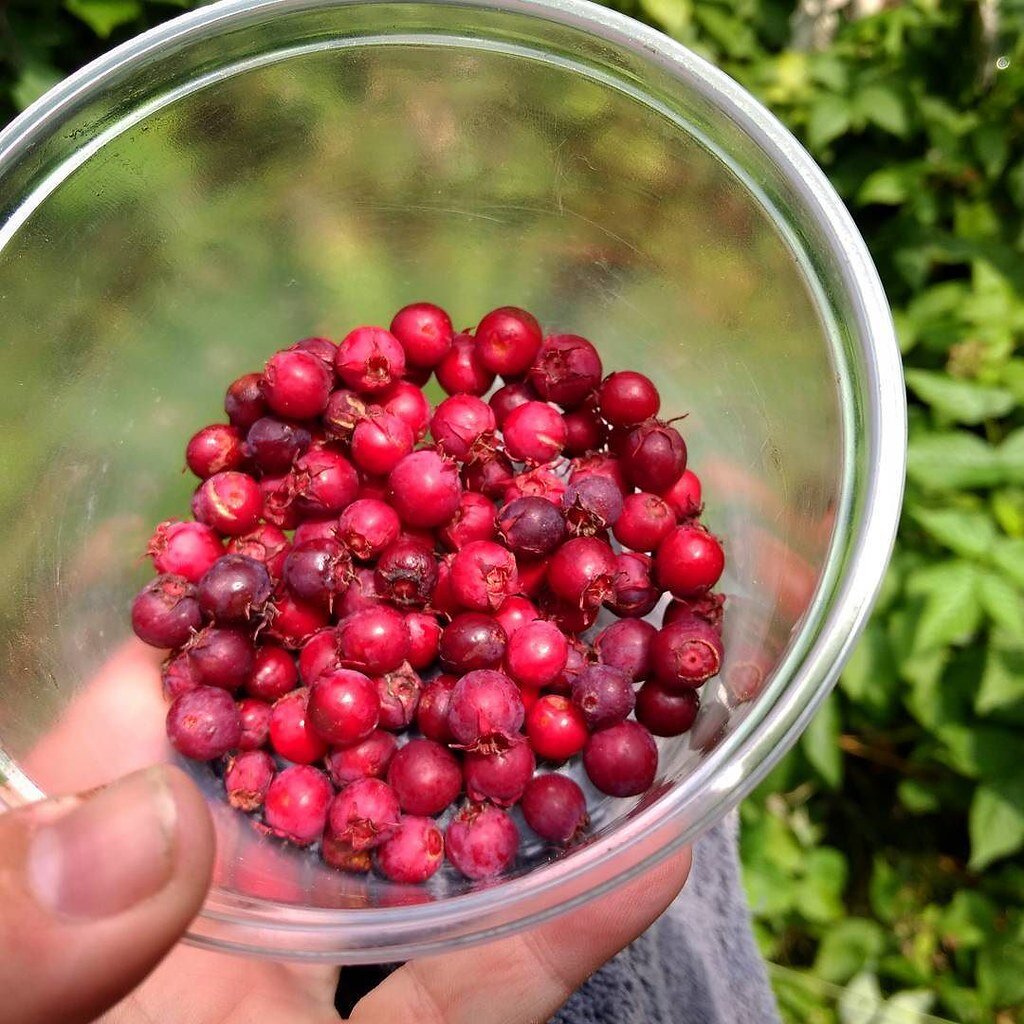Shadbush: The Plant with Many Names

By John L. Turner
Shadbush by Mary Vaux Walcott, 1917
Insight as to the value placed on a wild plant by past generations can be gained by how many common names it's been given. Typically, a plant with the minimum of just one name has it as a means by which to recognize it and to distinguish the plant from other species. A plant with a number of names, though, suggests a species of greater significance, value, and utility, and such is the case with shadbush, a common understory shrub or small tree which grows in Long Island’s deciduous forests.
This attractive tree goes by a few names: shadbush, shadblow, serviceberry, and Juneberry. The reference to shad stems from more ancient knowledge of recognizing patterns of nature. Many years ago shad, a species of anadromous fish, was significantly more abundant than today and the spring shad runs up major rivers to reach their spawning grounds was an important event for many people, providing an ample supply of cheap protein. Perhaps it was the shad fisherman, or maybe others, that noticed this tree blossomed at the time the shad were on the move. The five-petaled white blossoms meant migrating shad, hence the connection made permanent by the common name of shadbush.
The white blossoms of the shadbush in late April through early May also provided another signal — that winter was done, the ground has thawed, and the dead could receive burial service with caskets sometimes adorned with sprigs of the serviceberry blossoms.
If the flowers are pollinated, berries form in late spring to early summer, giving rise to the last of its common names - Juneberry. The berrylike fruit is delicious and relished by numerous wildlife, including many birds. Us humans like them too and often turn the fruit into pies, jellies and jams. Technically, the fruit is known as a pome, as are apples, and this isn’t surprising since both apples and shadbush are members of the rose family.
The genus name Amelanchier is a French word first used to describe the species. Four varieties of shadbush occur on Long Island, with three of the species found in rich but well-drained soils across the island, and one on the East End that prefers sandier, more droughty soils. Shadbush range from being a modest multi-stemmed shrub just a few feet tall to a tree 20-30 feet high. In forest settings, given its smaller stature, shadbush grows under taller oaks, black birch, and hickories and, where common, produces scattered “blossom clouds” of white beneath these taller trees. It has attractive smooth grey bark and its leaves are small and oval with toothed margins. Come autumn the foliage turns orange/red, adding a nice splash of color to the forest.
Whatever you wish to call it shadbush has so much going for it: from rich folklore, to pretty flowers and attractive bark, to tasty fruit. I hope you make its acquaintance and perhaps try a berry or two!










